Table of Contents
The rise of smartphone usage has spurred developers to embrace rapid technological advancements, utilizing PWA frameworks to deliver seamless, native app-like experiences to a broader web audience. Unlike traditional apps, PWAs don’t require downloads from app stores and can operate offline, making them accessible on smartphones, tablets, and desktops.
Before exploring the best PWA frameworks, it’s worth considering whether a PWA is right for your project. Continue reading to understand the unique benefits and challenges of these frameworks.
Currently, several PWA frameworks are leading the market. This article will delve into the most prominent ones, evaluating their advantages and limitations to help you select the ideal framework for your needs.”
Best PWA Frameworks for Developing Progressive Web Apps in 2024
1. Angular
Angular is a leading PWA framework that utilizes JavaScript to develop robust Progressive Web Apps. Launched by Google in 2010, Angular’s modular design has made it exceptionally popular among developers.
Pros:
- Angular 13, released in November 2021, introduces significant CLI workflow enhancements and supports TypeScript 4.4, which enhances language features.
- The Ahead of Time (AOT) compiler significantly speeds up applications by converting Angular’s HTML and TypeScript code into efficient JavaScript before the browser runs the app.
- Angular’s structured methodology simplifies implementation, supported by a robust developer community and Google.
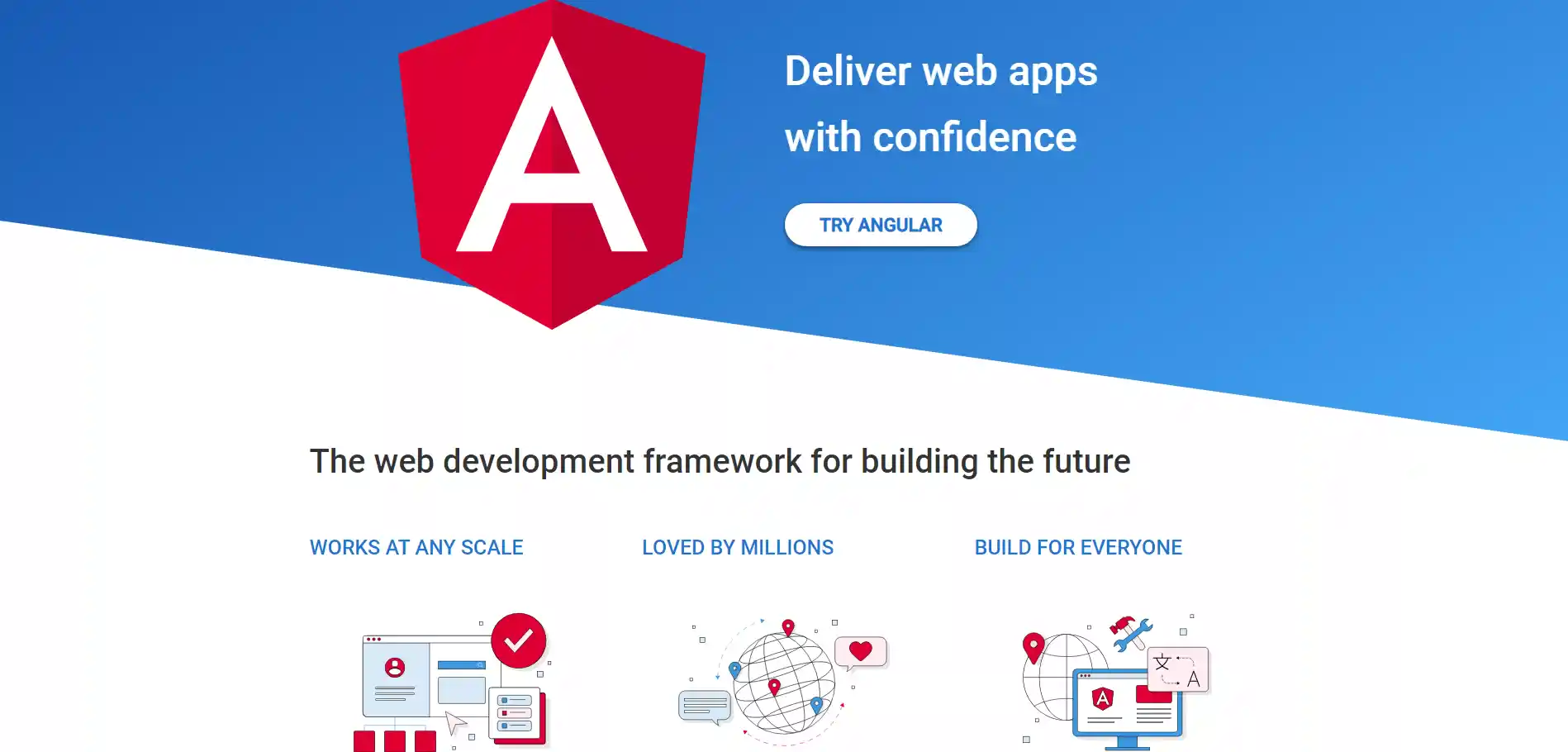
Cons:
- Requires knowledge of TypeScript and presents a steep learning curve.
- Not inherently SEO-friendly due to its complex structure.
2. ReactJS
ReactJS is a flexible PWA framework developed by Facebook, noted for its vast developer community and adaptability, making it highly preferred among developers.
Pros:
- Utilizes a virtual DOM to ensure fast, error-free application rendering.
- Features an extensive open-source JavaScript library suitable for scaling apps and simplifies UI/UX component management.
- Widely used for developing engaging PWAs through the ‘Create a new React app’ generator.
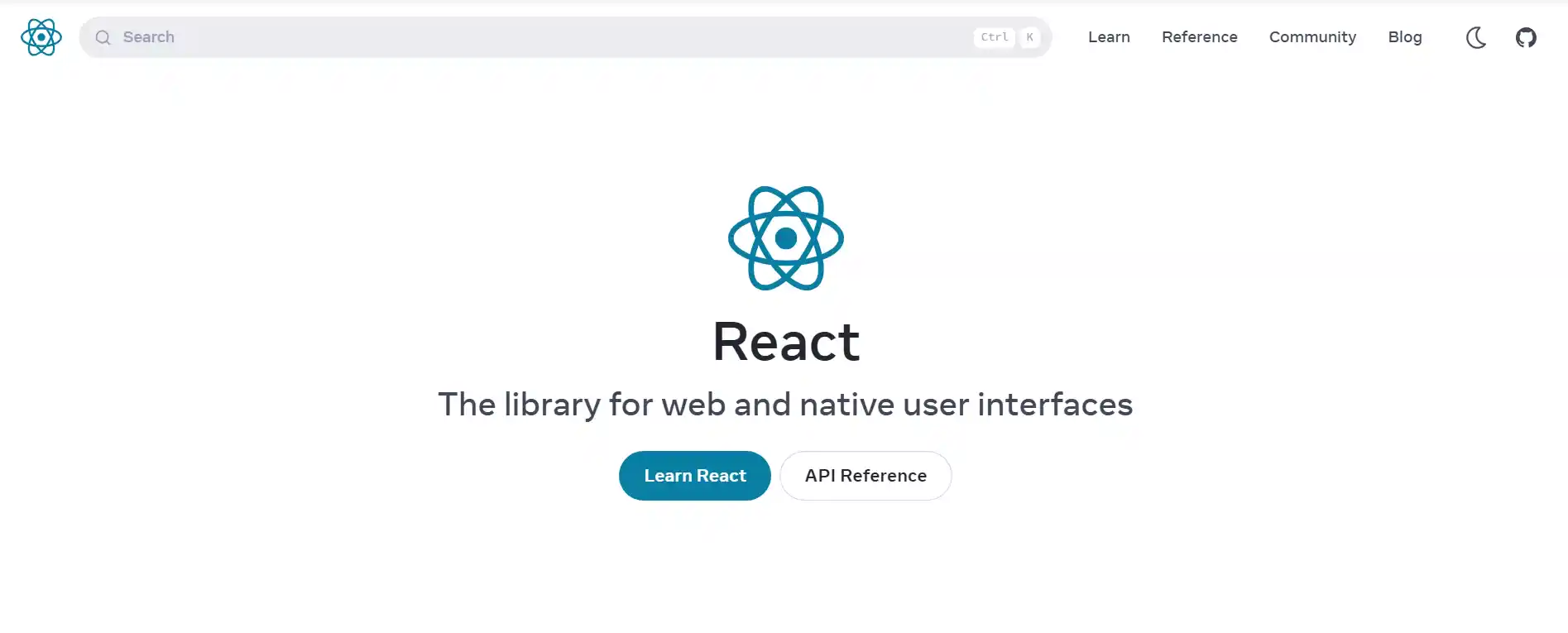
Cons:
- Lacks a fixed methodology and comprehensive documentation, which can complicate implementation.
- Its flexibility can sometimes lead to maintenance challenges.
3. Ionic
Ionic, built on Angular and Apache Cordova, is the most popular framework for creating hybrid applications.
Pros:
- Offers a traditional layout, built-in UI components, and plugins, which reduces maintenance costs.
- As an open-source framework, it keeps development costs low and allows easy creation of web pages that mimic native apps through Web View.
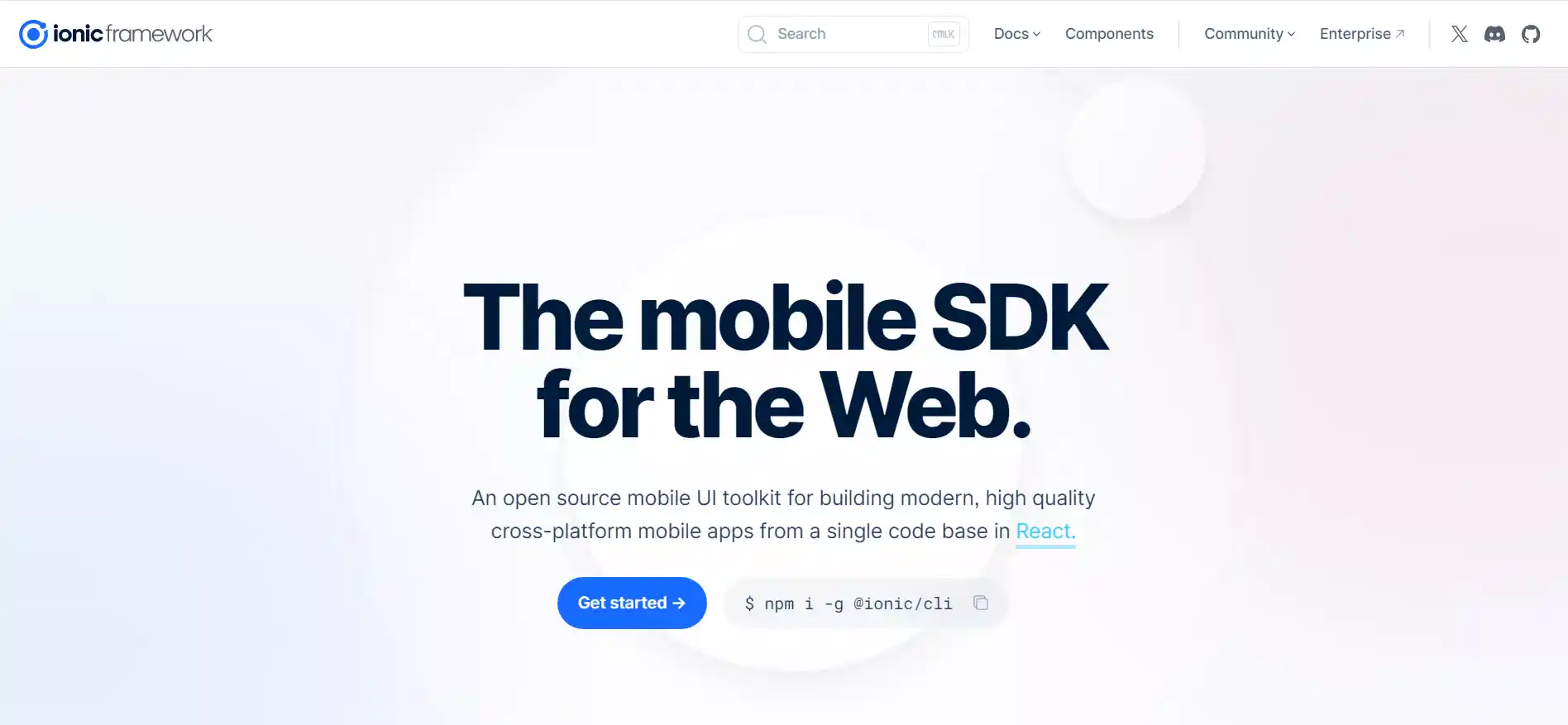
Cons:
- Needs frequent updates to align with the latest web application advancements.
4. Vue
Vue is a newer but rapidly growing PWA framework that competes with Angular and React by using a similar Virtual DOM for fast rendering.
Pros:
- Builds on familiar technologies like CSS and HTML, making it easy for developers to create PWAs.
- Supported by major companies, Vue is known for its simple coding requirements and flexible ecosystem.
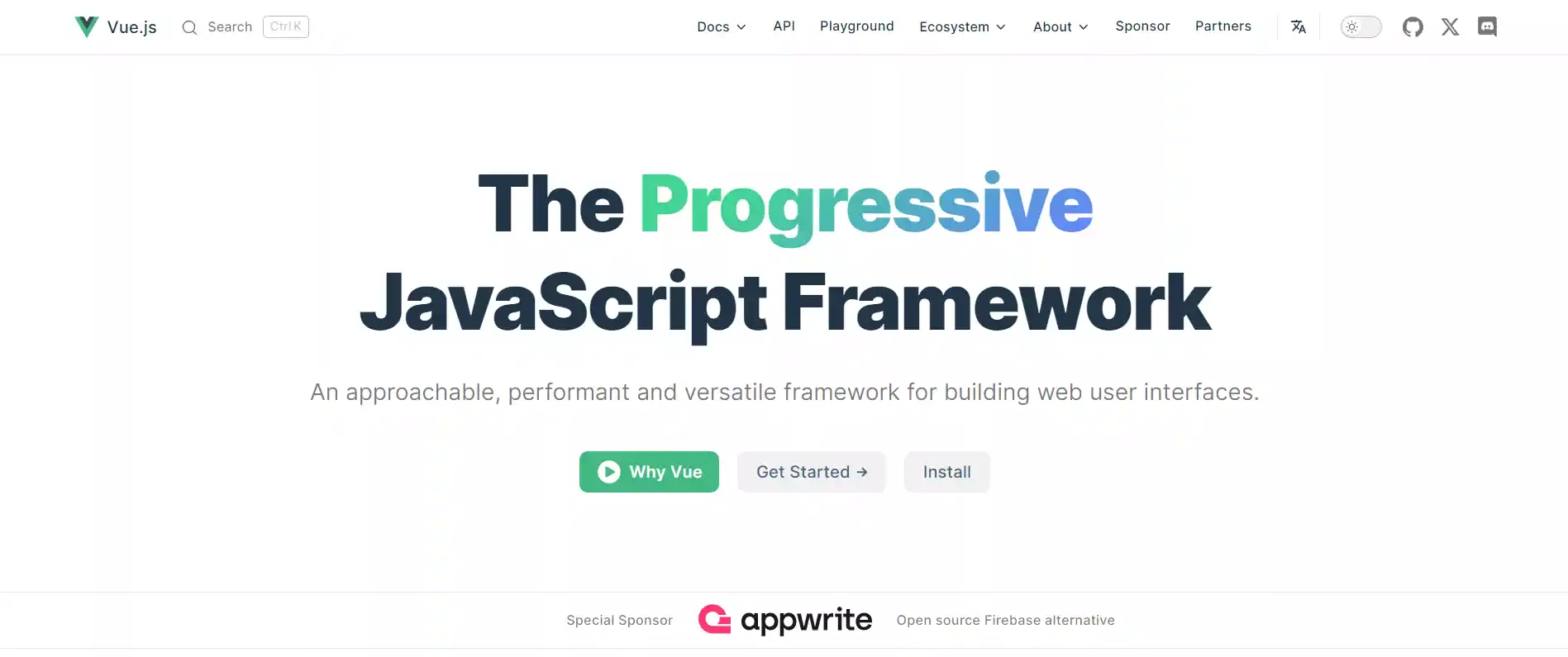
Cons:
- Lacks robust corporate backing, primarily relying on its community for support, which can limit resources for resolving issues.
5. PWA Builder
PWA Builder, developed by Microsoft, is designed to transform existing websites into high-performance Progressive Web Apps.
Pros:
- Features a comprehensive, user-friendly development process and is backed by dedicated support from Microsoft.
- Uses VueJS for development and facilitates rapid deployment with pre-built components.
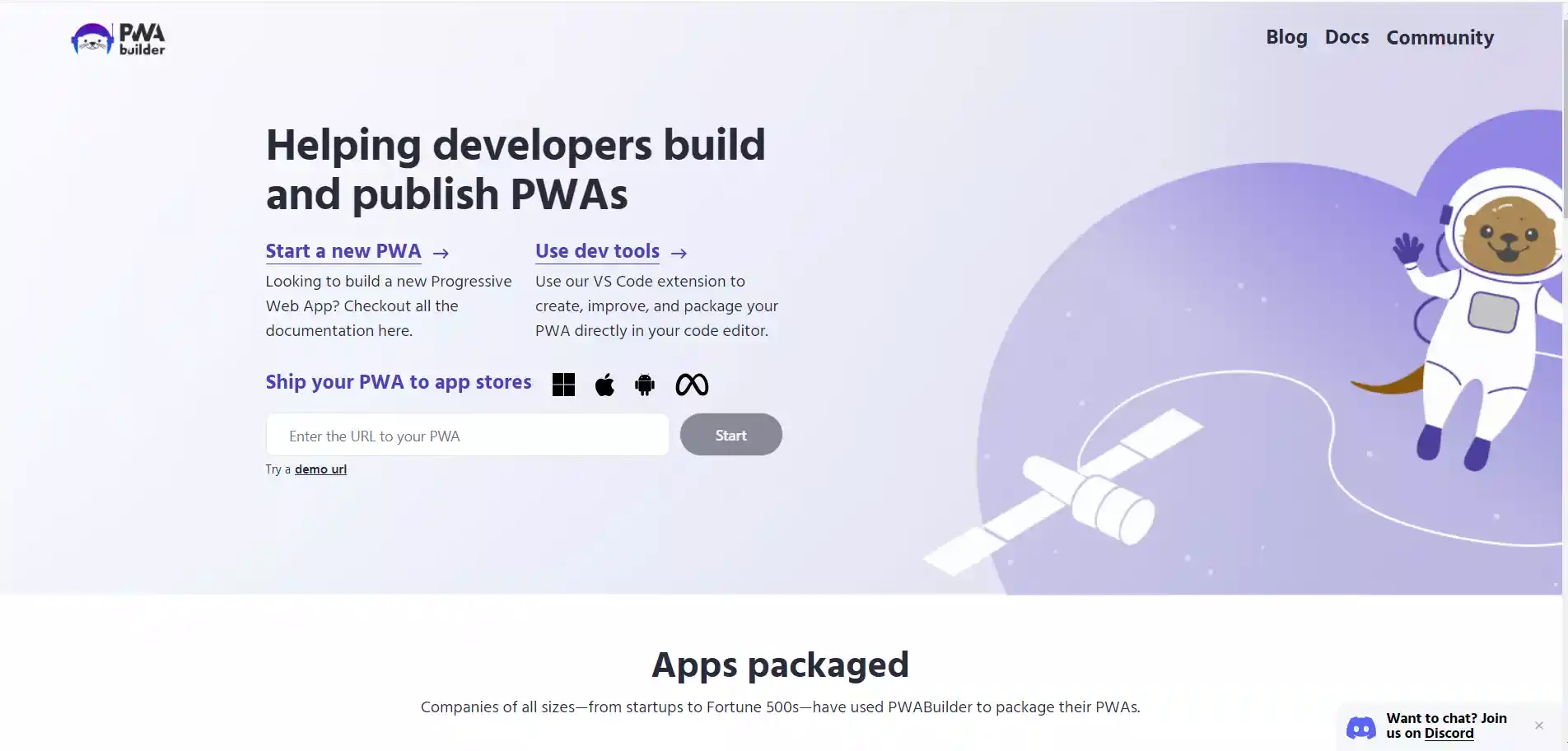
Cons:
- Best suited for smaller sites; larger, complex sites may find it limiting.
- Automated processes may hinder custom modifications.
6. Polymer
Polymer, a Google-developed open-source PWA framework, simplifies the creation of reusable web components.
Pros:
- Supports universal code standards and frequent updates, enhancing functionality and scalability.
- Stands out by aiming to function as a library within browsers.

Cons:
- Lacks an official Integrated Development Environment (IDE) and may experience slow loading times due to incompatible codes.
7. Svelte
Svelte, launched in 2019, is quickly gaining traction among major corporations for its innovative approach to PWA development.
Pros:
- Features a user-friendly drag-and-drop interface, allowing rapid prototyping and development.
- Its compiler nature ensures that apps load and run swiftly.
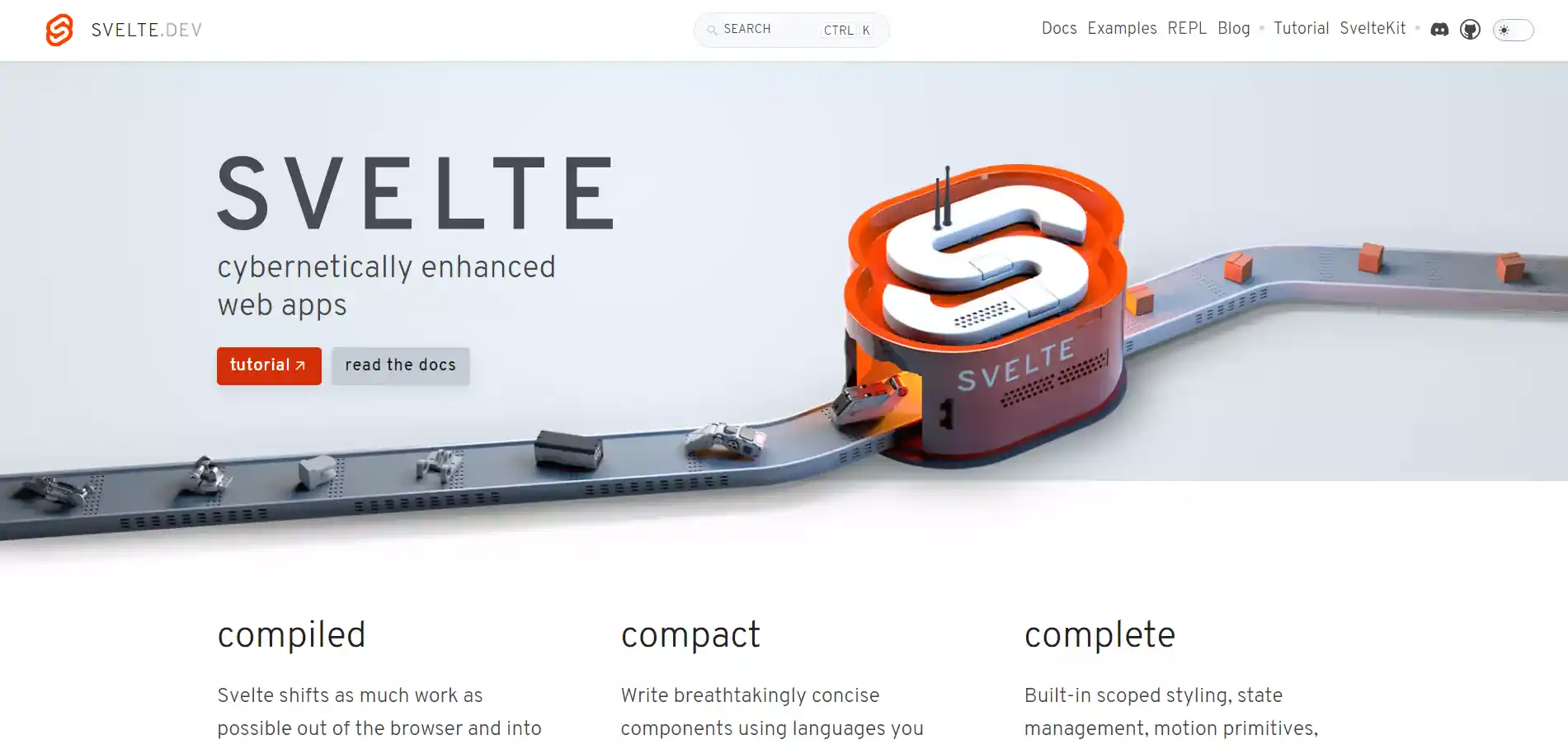
Cons:
- As a newer framework, it lacks broad community support and detailed documentation.
- Not ideal for projects requiring high complexity.
Why should I use PWA frameworks?
Implementing the PWA frameworks can drastically accelerate your web app’s development by leveraging pre-built components and advanced caching strategies. This not only enhances performance but also bolsters offline capabilities, culminating in a superior user experience. PWA frameworks are pivotal for developers aiming to optimize functionality and efficiency in web applications.
Are PWA frameworks suitable for all types of web apps?
PWA frameworks offer remarkable versatility and are well-suited for a diverse range of web applications, from e-commerce sites to social networks. It’s crucial to select a PWA framework that aligns well with the specific needs of your application to fully capitalize on its benefits.
What are some key features that PWA frameworks provide?
- Service Workers: Enable offline caching and efficient background processing.
- Push Notifications: Keep users engaged by sending updates even when the app is not active.
- Add to Home Screen: Simplifies the installation process, enhancing the app-like experience on devices.
- Fast Loading Times: Achieved through strategies like lazy loading and optimized caching, ensuring a swift user experience.
Conclusion
The adoption of PWA frameworks marks a significant advancement in web development, bridging the gap between web and mobile app experiences. By integrating PWA frameworks into your development strategy, you can harness the benefits of enhanced performance, offline capabilities, and seamless user engagement.
Whether you’re building an e-commerce site, a social network, or any other type of web application, the versatility and robust features provided by PWA frameworks ensure a superior, app-like experience directly in the browser. Embrace these frameworks to future-proof your projects and provide users with an unparalleled web experience.